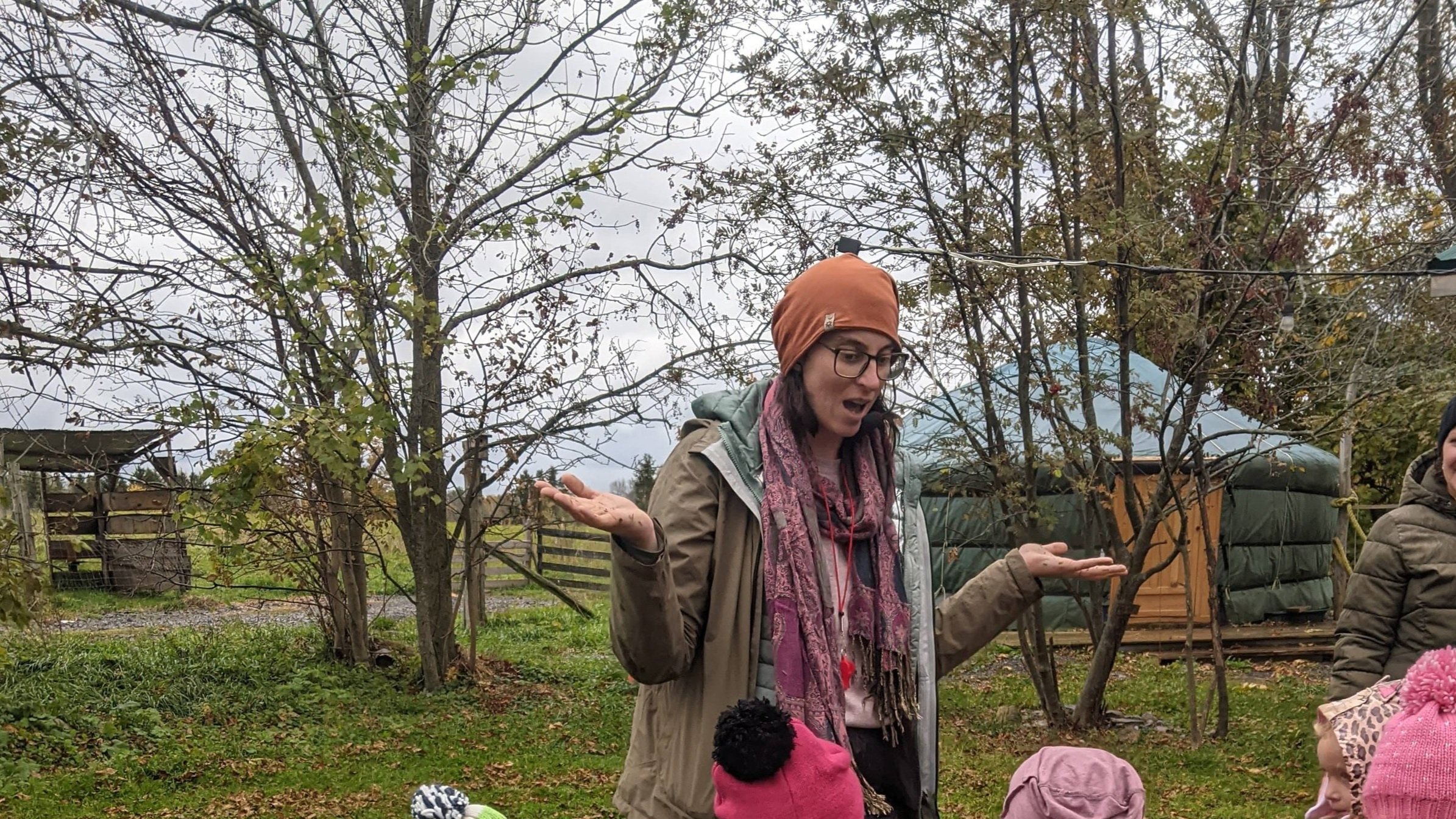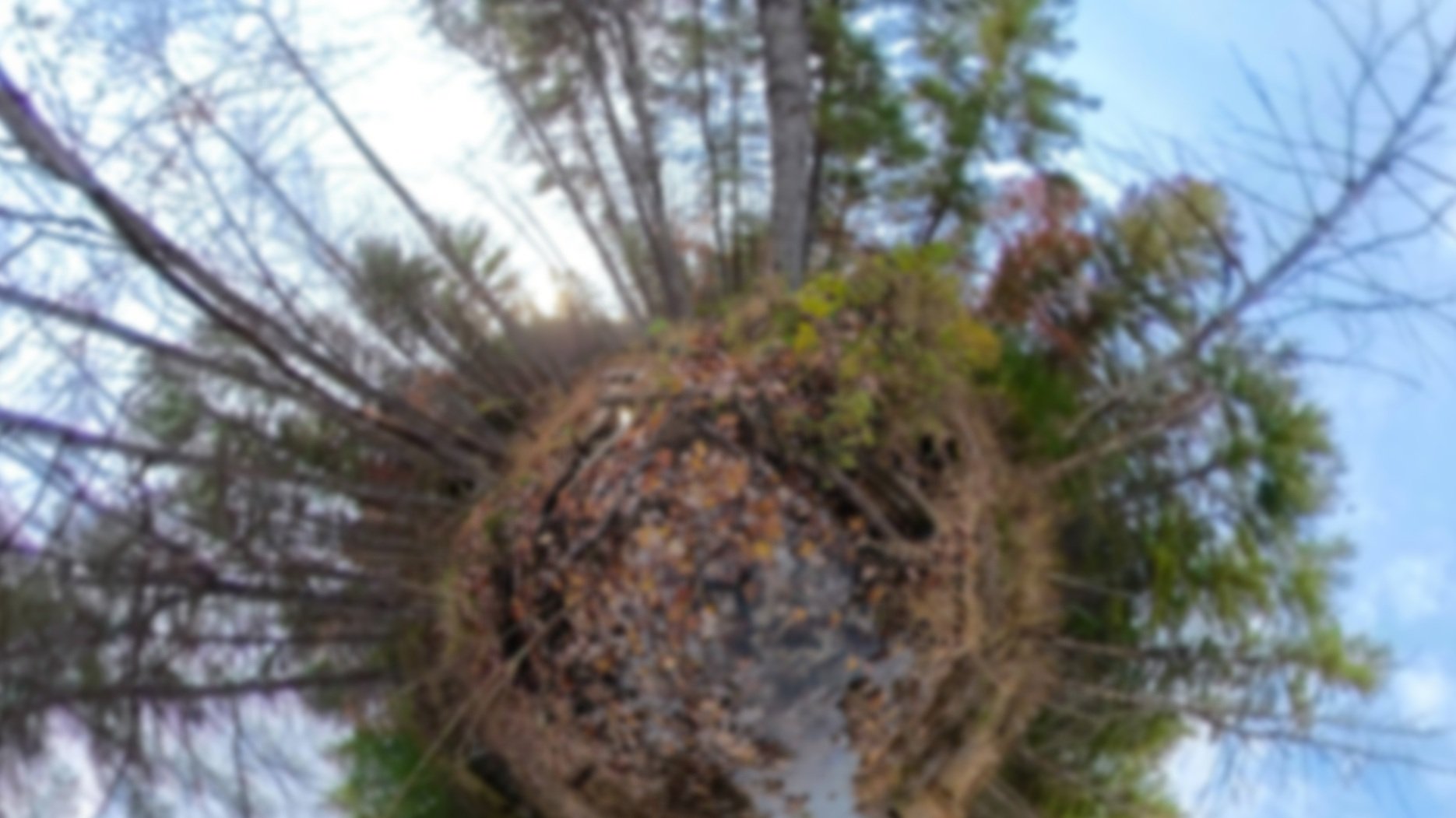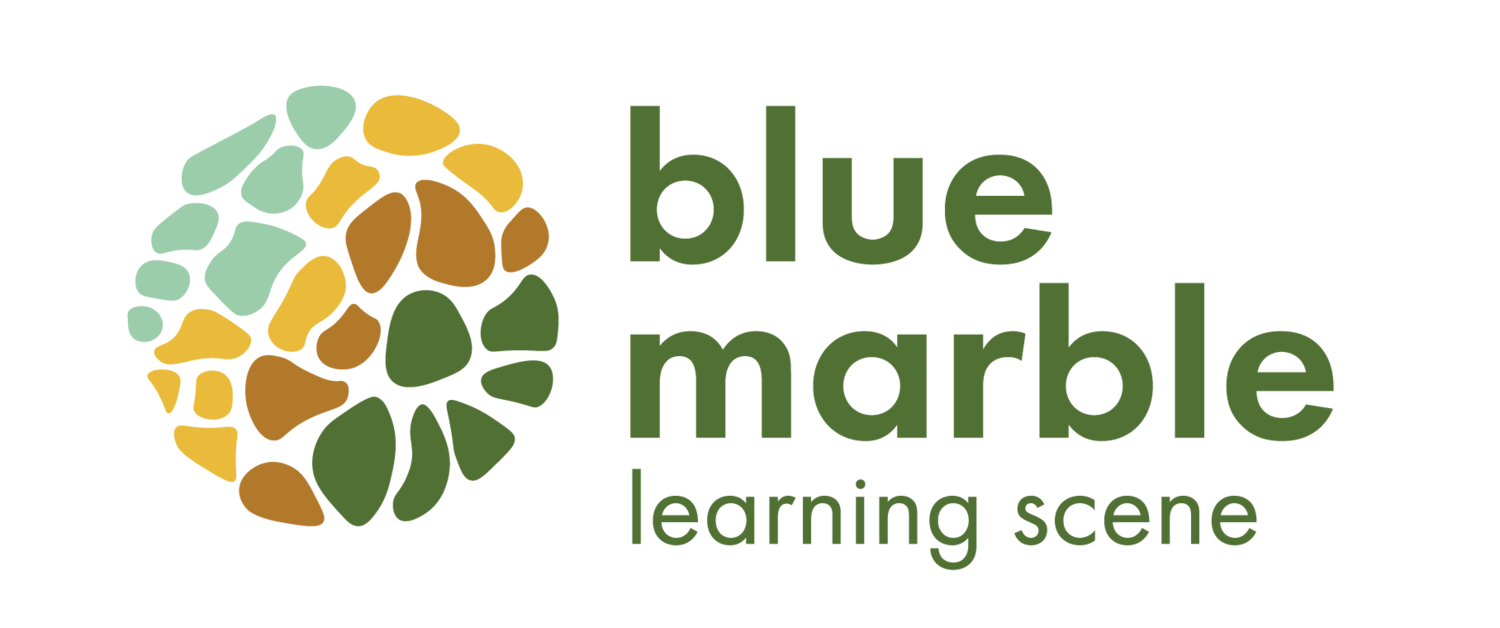
You Ask, We Answer
Engage with blue marble!
Share your outside adventures with us using #bluemarblenature
Questions and Answers
-
Where frogs spend the winter in Ontario depends on the species. Some will spend winter in the water (not in the mud as mud would clog their skin - which they breath through), others will actually freeze and spend their winter under leaves, and some dig a hole in soil to spend winter below the frost line.
-
Some years we ask ourselves this question, but the answer is yes. Each snowflake really is 100% unique. This is because each water molecule is slightly different than each other, plus as a snowflake forms the temperature, humidity, fall rate, and atmospheric composition is different. These factors make it virtually impossible to have two snowflakes the same. Okay, so there is a small small small chance but that chance doesn't happen.
-
Mosquitoes like the heat! So, as our summer days get warmer mosquitoes will lay more and more eggs. More eggs = more mosquitoes. By mid summer the mosquito population has boomed and more are getting killed, eaten (predator populations are also booming), and swatted. As with many populations, a boom is followed by a bust. With more mosquito deaths there will be less eggs and less mosquitoes at the end of summer. Another factor is the reducing temperatures that come with the end of summer. These impact mosquito life cycles.
-
You may have heard the words non-native and invasive thrown around, but what do they actually mean?
Native - are species that has existed in an area historically, typically prior to European settlement.
Non-Native - are species that haven't historically existed in an areas and were introduced as a result of human activity. These species don't pose a threat to native plants but also may not necessarily benefit an ecosystem.
Invasive - similar to non-native species, invasive species have not historically existed in an area but their presence is likely to cause or is causing harm to the ecosystem they are in. These are species that disturb native species and spread quickly.
The possibility of accidentally introducing invasive species is one reason to focus on planting native species in your gardens. Plus, these species are a benefit to the ecosystem! You can find native plants for your garden at Ontario Native Plants. Below are some native plants we've recently planted in our new pollinator gardens.
-
Yes they can.
This is something we learned from Turtles Kingston - Midland Painted and Northern Map Turtle hatchlings can spend the winter in their nests. They hatch 60-90 days after being laid (August through October) but then may stay in their nests, not emerging until the following spring (March through June).
Why?
No idea! Research from Kingston has shown that ~75% of Northern Map turtle hatchlings would spend winter in the nest. Nests are buried by the turtle mothers so have some protection throughout the winter. However, not all hatchlings that overwinter will survive.
-
Fossils are impressions, traces, or remains left behind by ancient organisms. Fossils are found in sedimentary rocks such as limestone (abundant in Kingston and the surrounding area).
Sedimentary rocks are formed from sediments (eroded pieces of other rocks or even shell fragments) that accumulate and then get cemented / compressed into a rock. As these sediments accumulate there may also be organisms that get trapped - these trapped organisms can turn into fossils if they remain undisturbed and the sediments are able to turn into rock.
Some of the most popular fossils are dinosaur bones, but in fact they are not the only type, nor are they the most common type. Fossils are much more likely to be formed in bodies of water and thus, from ancient sea / ocean life. There are two main reasons for this. First, many organisms in seas and oceans have shells or calcium carbonate body parts that are easily preserved in rocks as they do not biodegrade, which means there is part of the organism that remains even after it has died. Second, sediment accumulation in water bodies is faster than on land, meaning that remnants of sea / ocean organisms will be preserved quicker than those on land.
Want to know more about geology and fossils? Check out our geology kit.
-
Autumn colours are spectacular! These colours are thanks to the lack of chlorophyll being produced (and existing chlorophyll being broken down), which allows other pigments to show through.
-
Beavers are known for their ability to chew through a tree trunk and those orange teeth are key! But, why are they orange?
The enamel on beaver teeth contains iron, which is responsible for the orange colour. The iron helps to strengthen the enamel and make it easier for beavers to use their teeth as chisels.
Another interesting beaver tooth fact: their teeth never stop growing! This means that beavers have to chew to keep their teeth at a reasonable length. Notice in our picture, this tree was already cut down when the beaver came along for a good chew.
-
Before we answer our nature question (what animals truly hibernate) we should define hibernation.
Hibernation is a word commonly used to refer to dormancy. However, true hibernation required an animal to reduce their metabolism, slow their heart rate, and lower their body temperature in order to survive cold seasons.
So, who is a true hibernator?
Not, bears. They may become dormant, but they don't lower their body temperature and do not lower their body metabolism enough to be considered true hibernators. If they did, they would not likely be able to recover.
True hibernators include: groundhogs, hedgehogs, some butterflies, and little brown bats.
Groundhogs are one of our largest true hibernators and can actually lower their body temperature to 3C and their heart beat from 80 bpm to only 4-5 bpm! (Nature Canada).
-
Not at all! It really depends on the area you work in as an Environmental Scientist. Are you interested in consulting, conservation, research, engineering, etc. Many jobs can involve a mix of field work, lab work, and desk work. Others may focus only on desk work and involve reviewing applications or analyzing field work data that other collected. For example, in consulting there are field techs that collect most of the data and do the majority of the field work. These field techs will pass the information off to Environmental Scientists in the office who synthesize and analyze the data before writing reports. Both the field tech and office Environmental Scientists are working in the field of environmental science.
-
Graupel is a mix of precipitation types - basically it’s snow and rain combined. It forms when clouds are cold enough to form snow crystals, but as the snow crystals fall to the ground they pass through a section of atmosphere that is slightly warmer, but still below freezing. This section has super cooled water particles that then attach to the snow crystal as it falls. This forms a small snow ball 2-5 mm in size.
It is not freezing rain or sleet because the original snow doesn’t melt (sleet and freezing rain have warmer temperatures at altitude that create rain that then passes through colder temperatures that freeze it).
It is not hail because hail requires updrafts to cycle it through a cloud collecting layers of ice - not snow
This is basically a tinny snow ball falling from the sky.
-
This can be a very hard thing to do. In general we like to use 3 main factors to help us tell rocks apart. First, can you see the grains/crystals or are they too small to see with your eye? Second, can you see any layering in the rock? Third, did you find the rock where it was made or somewhere else? The first two questions can help you determine what type of rock it is (sedimentary, igneous, metamorphic) and the last question reminds you to look around where you are. If the rock came from there you might find other clues to help you identify it. Another thing to consider is if it is a rock at all! It might actually be a mineral (a rock is made up of 2 or more minerals) or it might be human made! Some black rocks and minerals you might find: obsidian (volcanic glass), amphibole (mineral), basalt (igneous rock), amphibolite (metamorphic rock), gabbro (igneous rock).
-
The mountains in Ontario were made more than 1 billion years ago! Since their formation, rain, wind, gravity, and even glaciers have slowly eroded them away. Erosion is a slow process but when you have millions of years you can even erode mountains! Now, the roots of the mountains are visible in Ontario as the Canadian Shield.
-
Animals living in a forest can find water in lots of different ways. First, remember that animals can move long distances, so finding a stream, river, or pond is possible. In the forest, water can also be found as morning dew on leaves, in their food, and small puddles after a rain. These are some of the ways, but there are more.
Ask blue marble learning scene all your nature questions.
If we don’t know the answer, we will admit it but give an educated guess.
blue marble will respond via email and post answers on this web page.

Answer questions you never knew you had!
Ever wonder why beavers build dams or how you can identify different trees? Ever wonder about the rocks you see or the birds you hear? Wonder with blue marble learning scene to answer questions you never knew you had.
Check out more videos on our youtube channel

